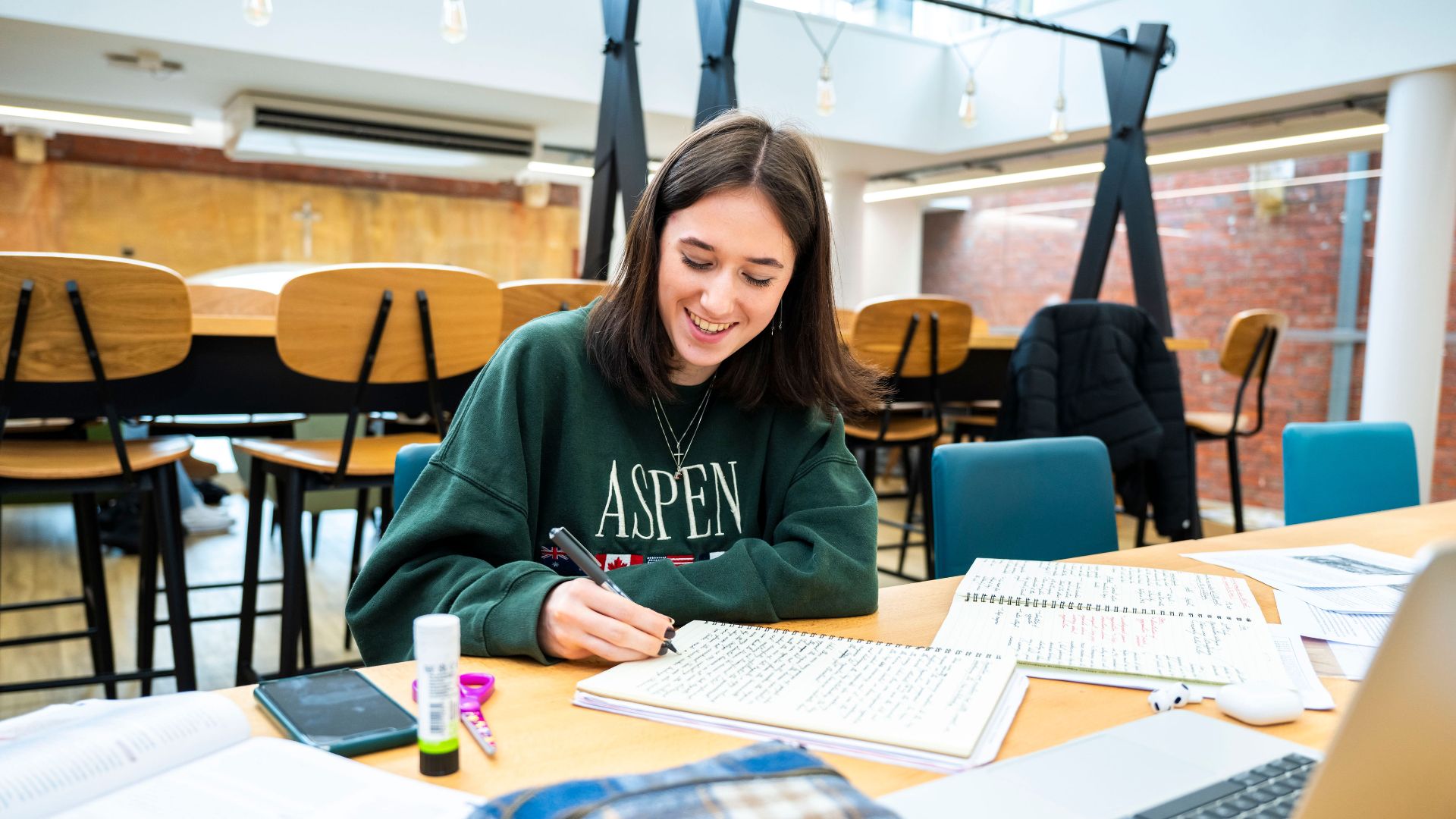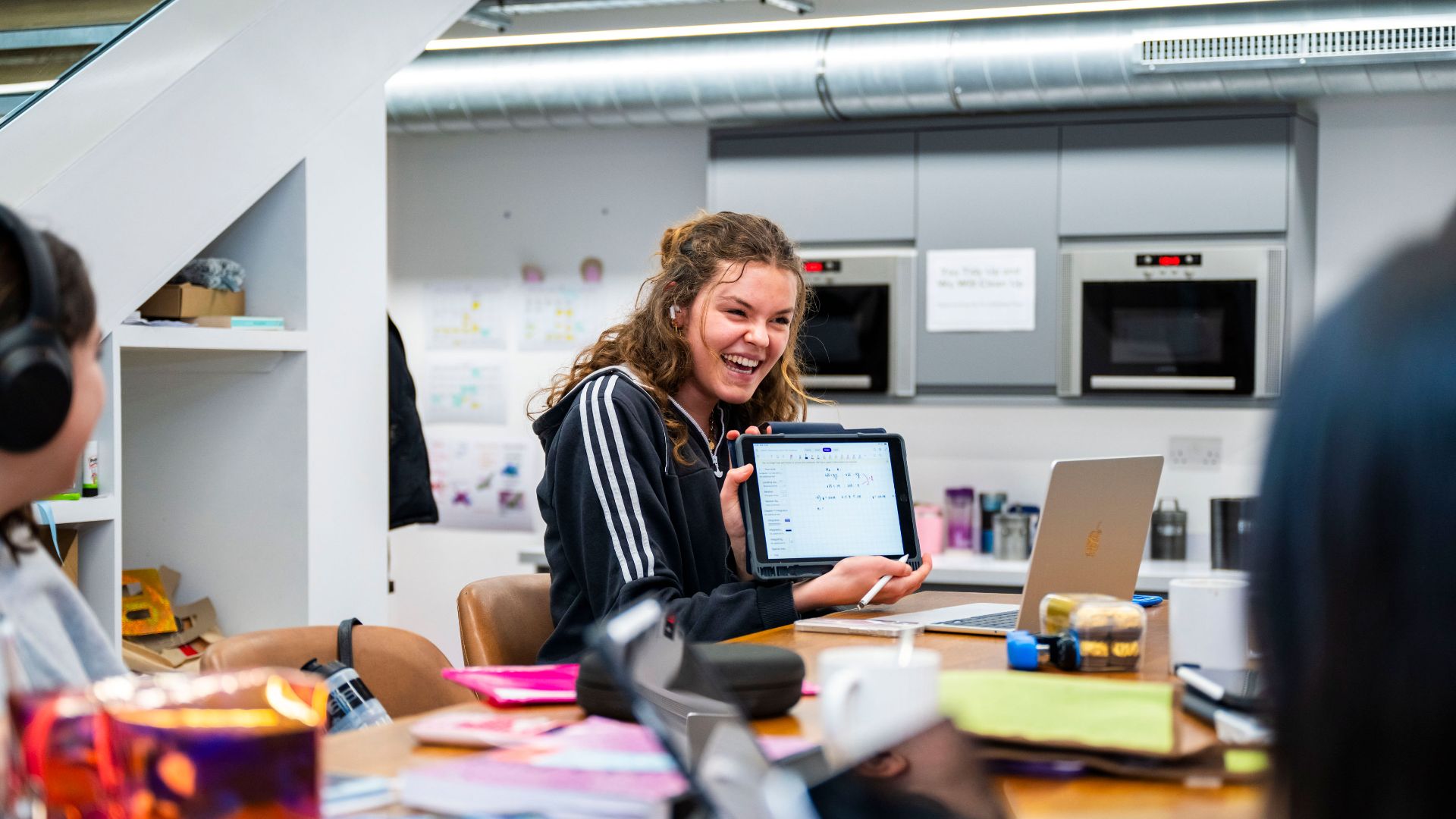We apologise but there was a problem sending your message. Please contact customer support at [email protected]

Every October, libraries around the world celebrate Banned Books Week - a time to champion the freedom to read and to reflect upon the importance of having access to information. At Farnborough Hill we join in the discussion by inviting pupils to explore stories that have been challenged or restricted at one point or another. It’s not about seeking out controversy, but rather about endeavouring to understand why some voices are silenced and why it matters that we keep listening.
Throughout history, poets, writers, painters, historians, and activists have been motivated by a singular goal - to document, communicate, and interpret the human experience and in doing so, help to shape how we understand the world and our place within it. But imagine if we were told, one day, that we could no longer create. That words, art, or research were now considered too hazardous to be shared…
Banned books remind us why freedom of expression is so essential. Words are powerful; they connect. They persuade, inspire, educate, and challenge. Many titles push boundaries. They challenge norms, question injustices, and provoke reflection. In doing so, they nurture growth and strengthen our ability to think for ourselves. But banning books is a way to suppress ideas, deny access to knowledge, and deter people from questioning authority. If we know nothing different, how can we ever learn to think critically or empathetically?
It’s also worth noting that choice is at the very heart of reading. Choices make a difference, we all have the power to determine what we find absurd, ridiculous, or taboo to read. Choosing not to read something is perfectly valid but choosing for others is not. As a School Librarian for many years, I have found that most children naturally self-censor anyway. They might skip over a word or phrase they don’t understand, turn a page that feels uncomfortable, or bring the book to a trusted adult - a parent, teacher, or librarian - and a meaningful conversation bubbles up as a result. In those moments, something wonderful happens, understanding deepens, empathy grows, and learning takes place.
In our own Library, a quiet rebellion exists on the shelves. Among the many books available are a few that have been banned or challenged elsewhere. They serve as reminders of the ongoing struggle for intellectual freedom. You may even spot a “Read a Banned Book” square on the Library Bingo Card - not an encouragement to read something extreme or offensive, but to question why certain books have sparked debate. The one book I recommend frequently is And Tango Makes Three by Justin Richardson and Peter Parnell, illustrated by Henry Cole. Based on a true story of two male penguins who raise a chick together, it’s a gentle tale of love and family and yet one of the most frequently banned books in recent years. Its message of inclusion and understanding is exactly why it should be celebrated, not silenced.
Another surprising example is Black Beauty by Anna Sewell. This classic story about kindness, compassion, and the humane treatment of animals was banned in South Africa during apartheid. Not because of its message, but simply because the title contained the word Black. The irony is striking: a book written to encourage empathy and promote goodness was suppressed for reasons entirely disconnected from its content. It shows how fear and prejudice can twist even the simplest of words into something dangerous.
In the end, books are conversations that invite us to question, to imagine, and to grow. When we remove them from shelves, we don’t just silence authors; we silence the chance for understanding.
So, as October draws to a close, perhaps the challenge isn’t simply to read a banned book, but to talk about one, to ask why it was banned, what that says about us, and how we can keep those conversations alive. Because once we stop talking, the stories will truly start to disappear.
Ms Cathi Woods, Librarian



























